
Episode 49: Jevon’s Paradox
You’ll achieve significant financial savings by practicing the tips & tricks from our podcast series. But it’s important to not fall victim to Jevon’s Paradox, which could make you spend even more money than you did before you implemented our advice. Check out this episode to learn more!

Episode 48: From Home to Work
Most of the concepts we have discussed throughout this podcast series can be applied to both personal & workplace settings. By transferring our podcast tips from home to the workplace, companies can save money on their utility bills, food offerings & waste, business travel, & more.

Episode 47: Size Matters
You can save a lot of money with these simple rules: live smaller, live closer, & live with others. Smaller housing spaces save money on utilities & material possessions; living closer to work & social centers saves money on transportation; & living with others splits costs over multiple people.

Episode 46: 100 Items
If you could live with only 100 material possessions, what would you choose? It’s important to be aware of what & how much you own, so you can decide what you really need. If you are intentional about your purchases & buy only what you need, you have the potential to save a lot of money.

Episode 45: Affordable Style
The average American household spends $1,800 on clothes every year. The average American spends $650 on jewelry & buys 6 new pairs of shoes every year. You can save money on clothing, shoes, & jewelry by purchasing fewer items, buying durable items, & enrolling in rental programs.
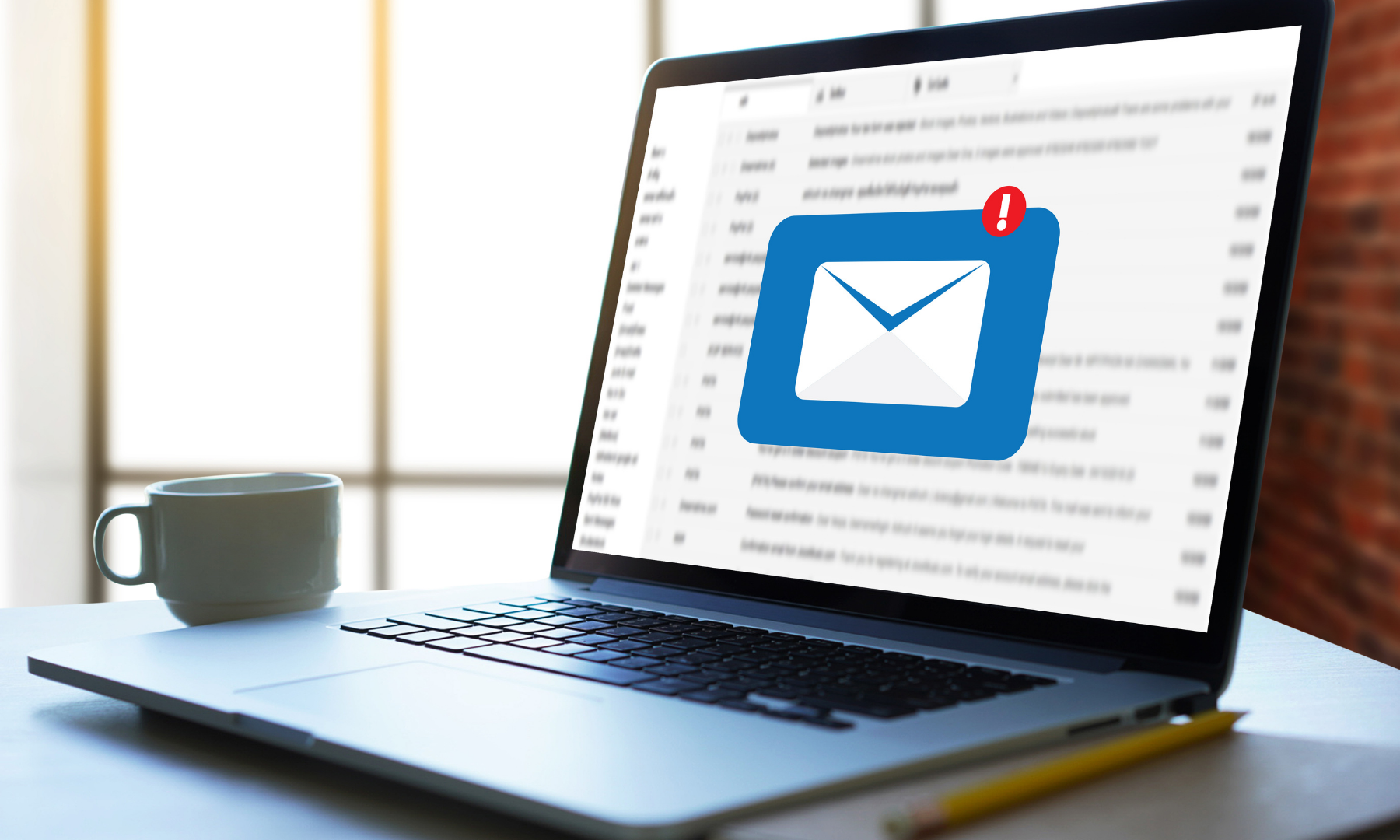
Episode 44: You’ve Got Mail
In the US, we send 100+ million pieces of mail per day. Across the globe, we send 100+ billion emails per day. Mail & packages are costly to ship & dispose of in landfills, & emails are expensive to store in data centers. You can save money & time by cleaning out your junk mail & email account.

Episode 43: Scrappy Savings
The average American uses over 700 pounds of paper per year. The US spends over $470 million every year on paper just for school work, & the average American uses over 50 rolls of toilet paper per year. These costs can be reduced by reusing scrap paper & limiting your paper use.

Episode 42: Eat Your Vitamins
The average American spends over $1,200 on prescription medication & $100 on dietary supplements every year. It’s important to spend money on medication & dietary supplements that maintain & improve health. You can reduce these costs by eating a healthy diet & exercising daily.

Episode 41: Hygiene Habits
The average US household spends over $700 per year on personal care products & services, and the average person pays over $700 per year on dental care. You can reduce these costs by using smart & effective hygiene habits, like decreasing how often you shave or air drying your hair.

Deep Dive 2: Trash
This interview with Caroline Ling (Stanford University MBA/MS) takes a closer look at the topics we discussed in our episode called Your Trash. Caroline reviews tricks for proper disposal of trash, recyclables, & compostables to help reduce how much you pay for waste collection.

Episode 40: Eyewear & Eye Care
About 75% of US adults wear glasses or contacts. The average glasses wearer spends up to $600 per pair, and the average contact wearer spends $250 per year on lenses, plus expenses for solution and cases. You can reduce these costs with regular eye doctor visits and by eating more veggies.

Episode 39: Read a Book
The average American spends only $92 per year on reading material. Reading more books improves your literacy skills, & childhood reading increases adulthood income by over 20%. Purchasing used books or reading free books from the library are great & affordable ways to enhance your life.
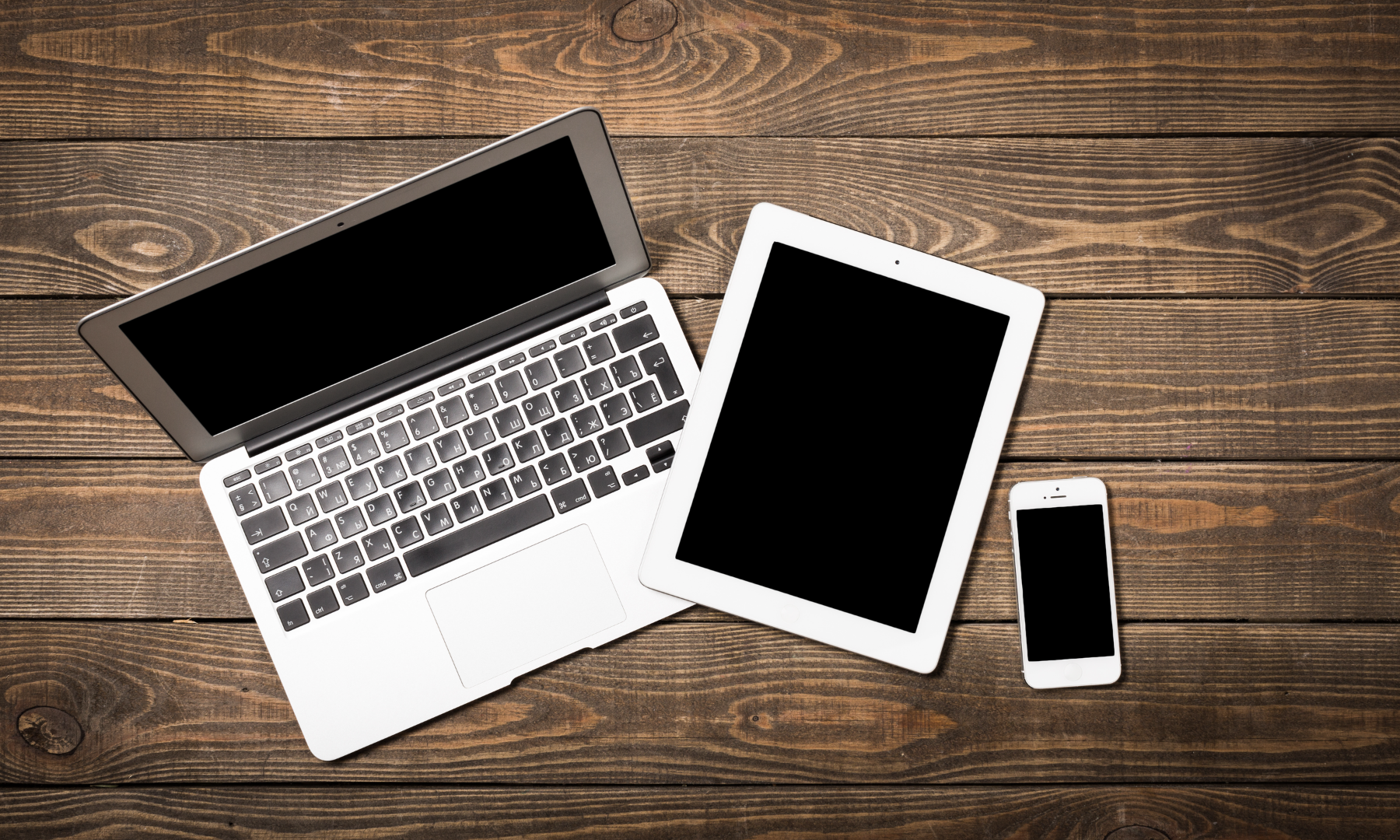
Episode 38: Screen Time
The average US household owns 5 electronic devices that have high upfront & ongoing operating costs. For example, the US spends $16 billion on streaming services per year. You can reduce these costs by using your devices until they break, reducing subscriptions, & using your devices less.

Episode 37: Play Time
The average family spends close to $7,000 on toys per child from birth and throughout adolescence. Toys greatly impact childhood development measures like attention span, creativity, & interpersonal skills. Purchasing fewer & more purposeful toys can provide huge savings!

Episode 36: Who’s a Good Pup?
In 2020, the US spent $99 billion on pets. Some expenses, like training classes & healthy food, are good investments to ensure pets’ safety & health. But there is high potential for savings with purchases like pet clothing, & you can save $4,000 by adopting (instead of shopping for) your next pet.

Episode 35: Rearranging Furniture
The average cost to furnish an apartment with new furniture is $7,000. The cost of a new mid-range sofa alone can be up to $2,000. These expenses can be reduced by purchasing second-hand & multi-purpose furniture. Further savings can be achieved with strategic furniture placement.
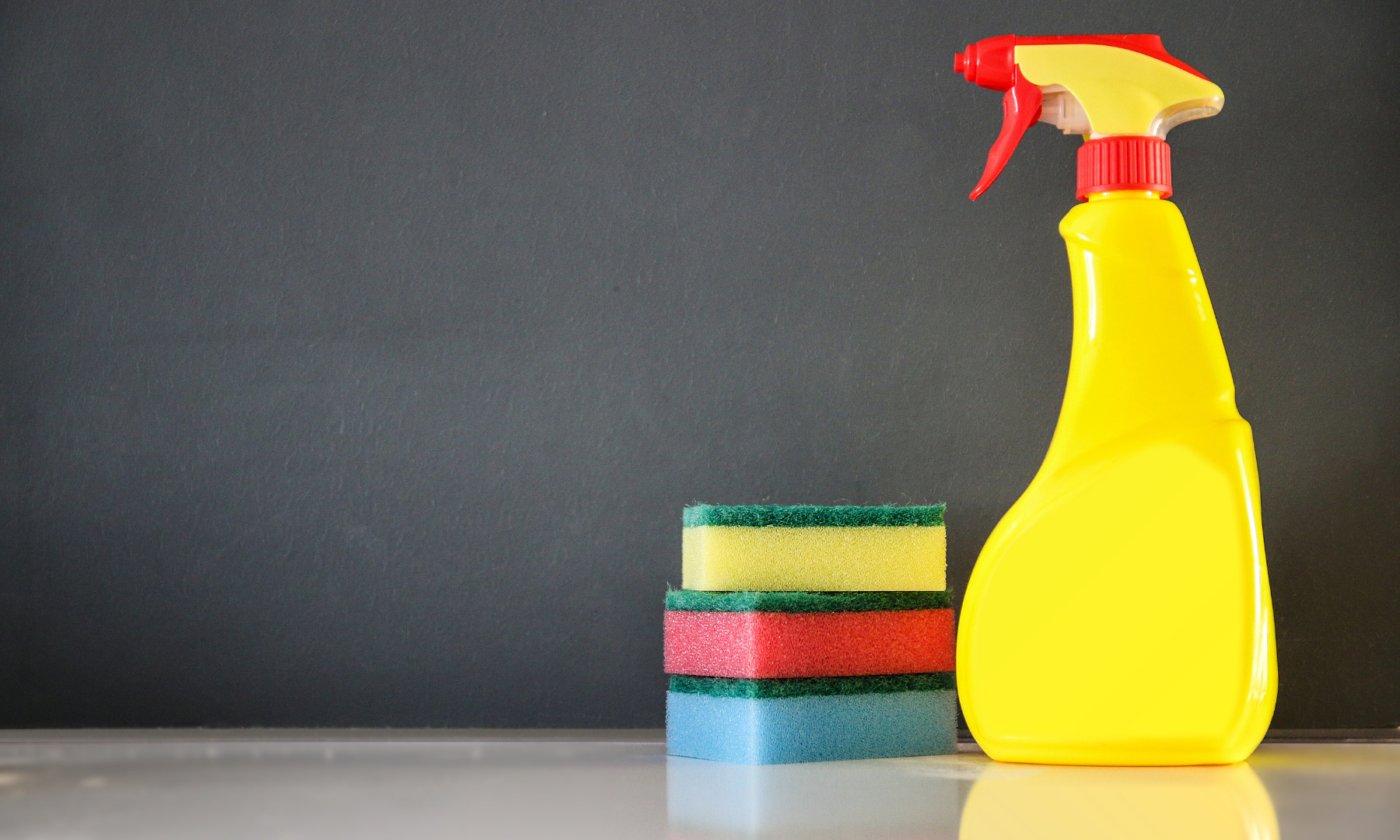
Episode 34: A Tidy Home
Every year, the average US household spends $180 just on paper towels, not to mention the cost of all other cleaning supplies. And chemical cleaning solutions can have costly health consequences. By switching to reusable cleaning tools and non-toxic solutions, you can save $300 per year.
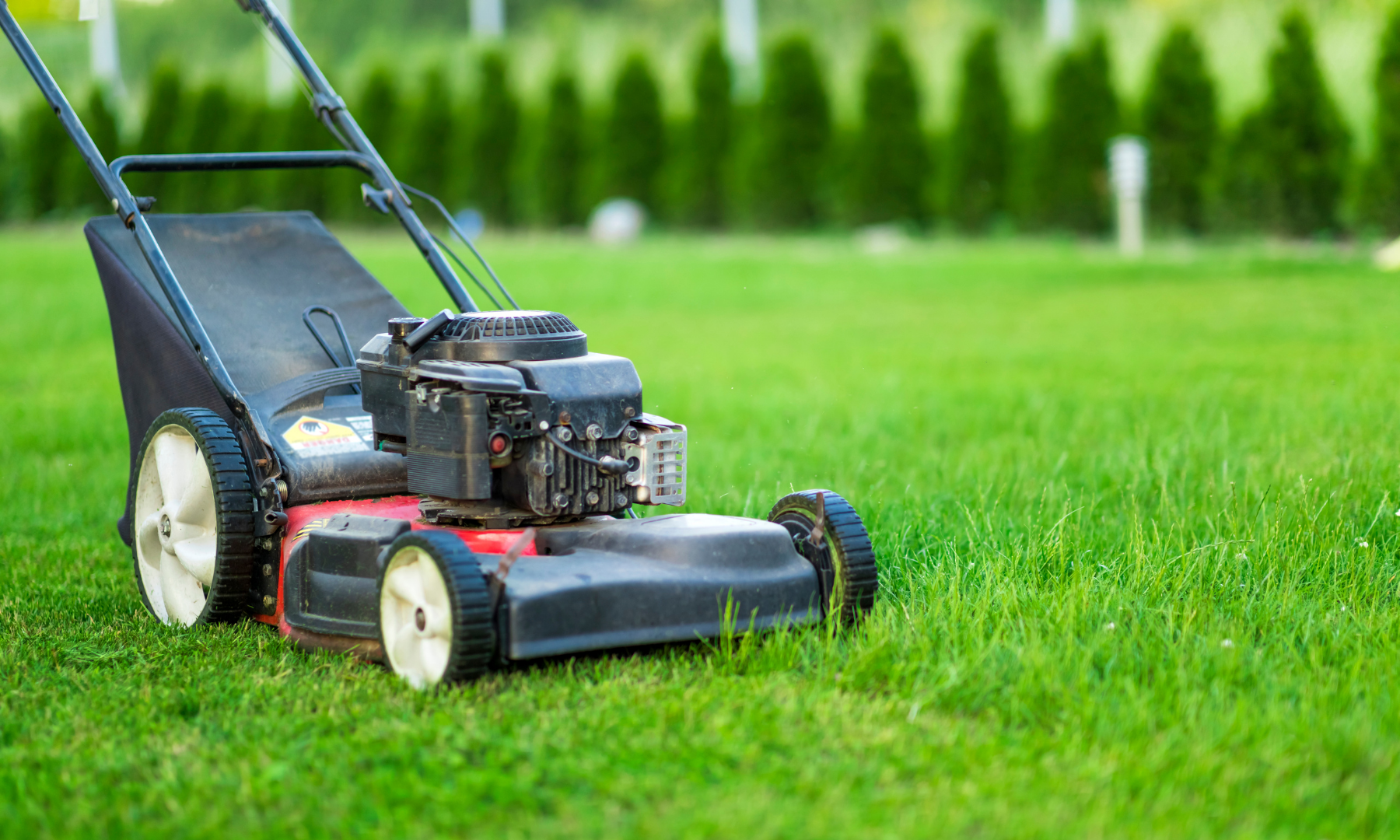
Episode 33: Landscaping 101
The US spills 17 million gallons of gas every year while filling up residential lawn mowers. Assuming $2.60 per gallon, that’s over $44 million wasted on spilled gas! Smarter lawn mowing methods combined with strategic tree & shrub placement can provide gas, energy, & water cost savings.

Deep Dive 1: Food
This interview with YouTube cooking star Ethan Chlebowski takes a closer look at some topics we discussed in Season 2: Food. Ethan reviews some clever tricks for buying in bulk, repurposing food scraps, & eating more vegetables to make home cooking cheap, healthy, & tasty.

Episode 32: Flex Those Gains
The average US gym goer spends $300 on annual gym memberships. If used regularly, these memberships are a great investment, since exercise reduces medical costs by $2500 per year! You can save money by taking public transport to the gym or by exercising at home.

Episode 31: Go Sports!
The average sports fan in the US spends over $725 per year to cheer on their favorite teams. Spending goes towards fan gear, cable packages, occasional tickets, tailgating, parking, & concession stands. Fans can save money by avoiding concession stands, by carpooling to games, & more!

Episode 30: Dream Vacation
The US spends $1.1 trillion on vacations every year. The main spending categories include food, lodging, transportation, & retail. You can decrease your travel expenses by reducing your food waste at restaurants, booking Airbnbs instead of hotels, & using public transportation instead of renting a car.

Episode 29: Happy Holidays
US consumers love to spend money for holidays. The average person spends $162 for Valentine’s Day, $151 for Easter, & $1,048 for winter holidays. These expenses can be greatly reduced by decreasing food waste, reusing wrapping paper & gift bags, & gifting loved ones with homemade presents.

Episode 28: The Long Haul
Airfare accounts for 25% of the average person’s annual travel expenses. In addition to ticket fees, the average traveler spends $140 on food & other goods while waiting at the airport. Intercity travel expenses can be reduced by taking the train & by using smart packing strategies for luggage.

Episode 27: Time Is Money
Every year, the average driver spends $9,000 on their car & 23 days driving their car. These time & financial costs can be reduced by living closer to work and to the places you frequent. By using public transportation instead of driving a car, the average household can save $10,000 per year.

Episode 26: Zoom Zoom
The average US driver spends $8,900 per year on car expenses. This includes car payments, gas, insurance, taxes, registration, parking, tickets, maintenance, & repair. Many of these expenses can be reduced with safer driving techniques, carpooling, & owning fewer and smaller vehicles.

Episode 25: Your Trash
The US throws away over 300 million pounds of food EVERY DAY. Not only do we pay for that food in the first place, but we also have to pay for trash services to throw it away. We can reduce our trash service costs by reducing food waste & single-use packaging, and by recycling & composting.

Episode 24: Water on Tap
The cheapest & healthiest beverage is tap water. Bottled water can cost 800 times more than tap water, and other beverage choices like sugary drinks & alcohol can result in expensive healthcare costs. Using a tap filter & flavoring tap water with fresh fruit can make tap water more enjoyable!

Episode 23: Fresh from the Garden
A garden can save about $10 per square foot of garden on annual costs for fruit & vegetables! That means a 64-square-foot garden can put $640 in your pocket per year! Crop rotation & rain barrels provide even further savings by avoiding the need to pay for fertilizers, pesticides, & water.

Episode 22: What’s for Dinner?
What you eat affects how much money you spend on food AND how much money you spend on healthcare. Red meat consumption accounts for $20 billion in US healthcare costs. Reducing red meat consumption can improve your health and save you up to $750 per year in food costs!
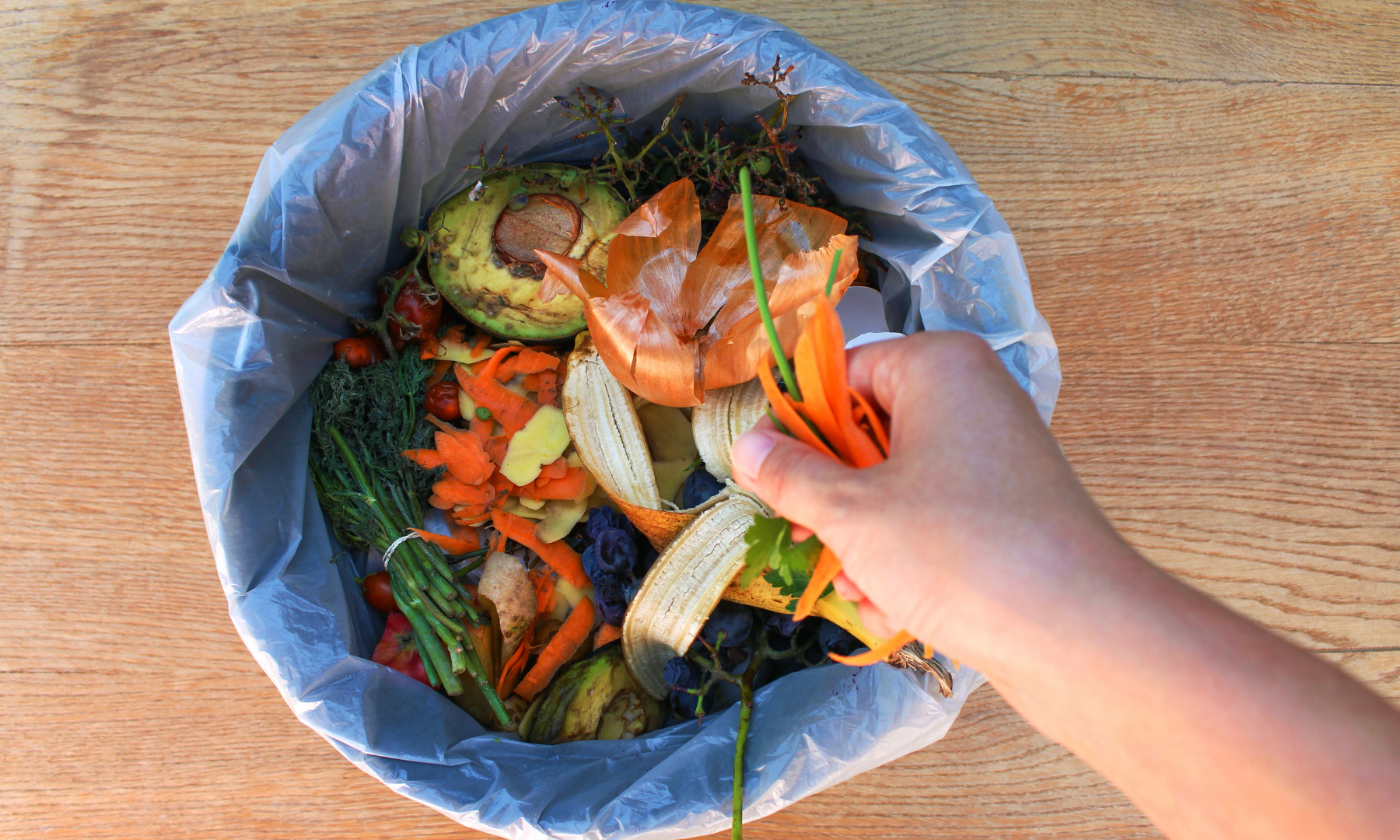
Episode 21: Save the Food
The average US adult spends $1,300 per year on food that is ultimately thrown away! That means ~30% of all food expenses just go straight to the landfill. Strategies for smart shopping and storage can reduce this wasted cost at grocery stores and restaurants. Be sure to eat your leftovers!
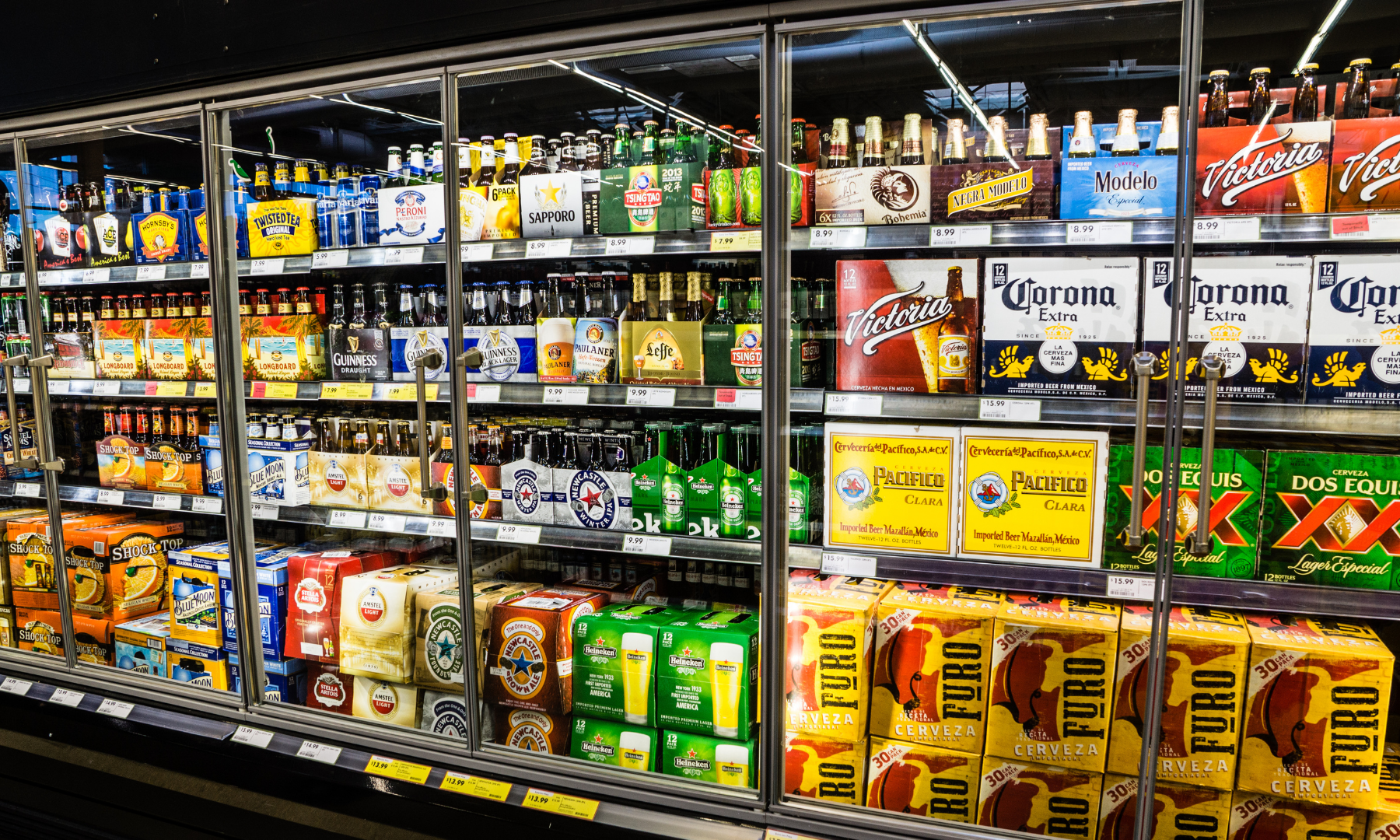
Episode 20: House Party
When buying beer for a house party, is it cheapest to purchase aluminum cans, glass bottles, or a keg? What are low-cost snacks that will impress your guests? Buying in bulk, creating your own snack trays, and using reusable dishes can save a lot of money when hosting parties!
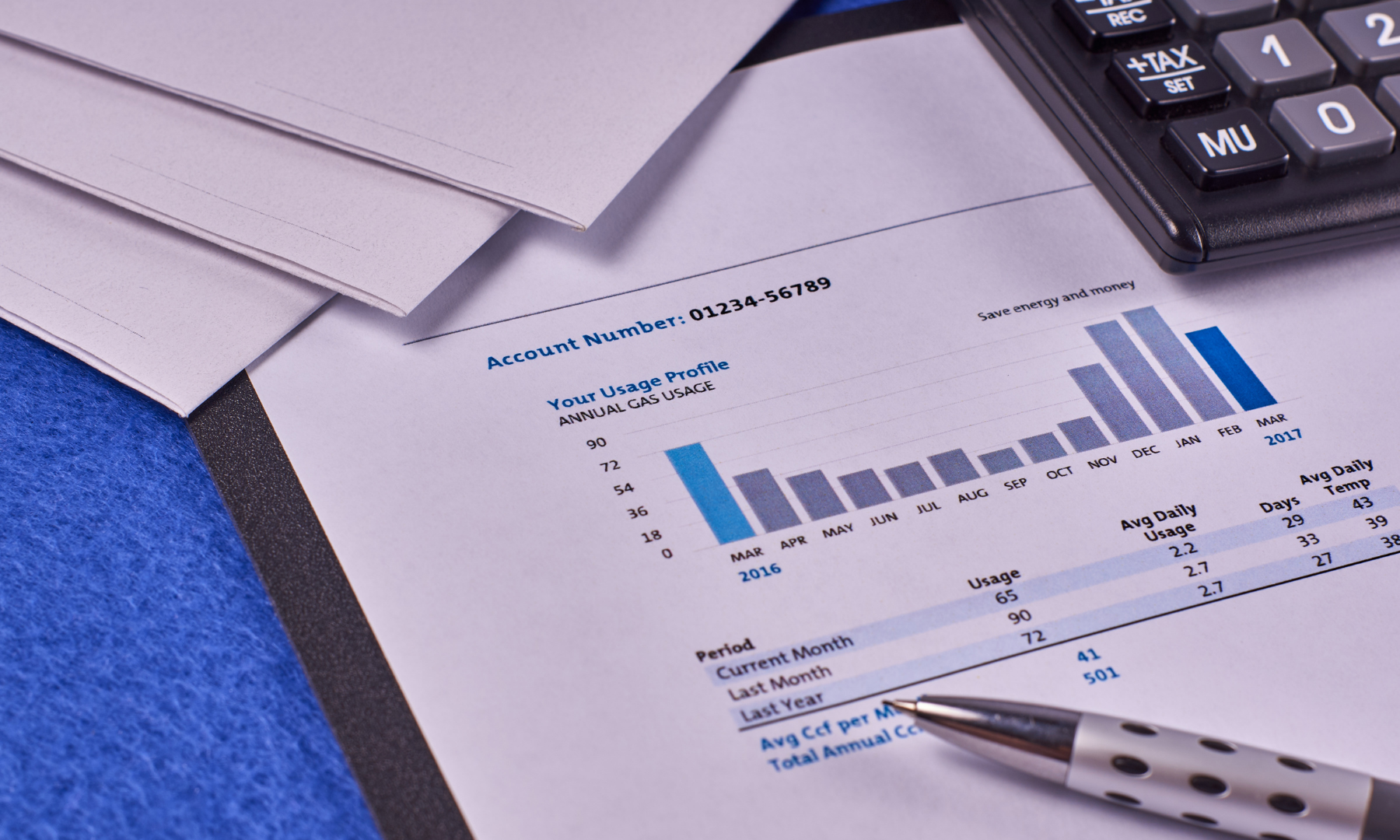
Episode 19: We Hit Peak
The price you pay per kWh of electricity & per gallon of water can change from hour to hour or from month to month depending on the rate structure that your utility companies use. Understanding how you’re charged for water & energy can help you minimize the price you pay for utilities!
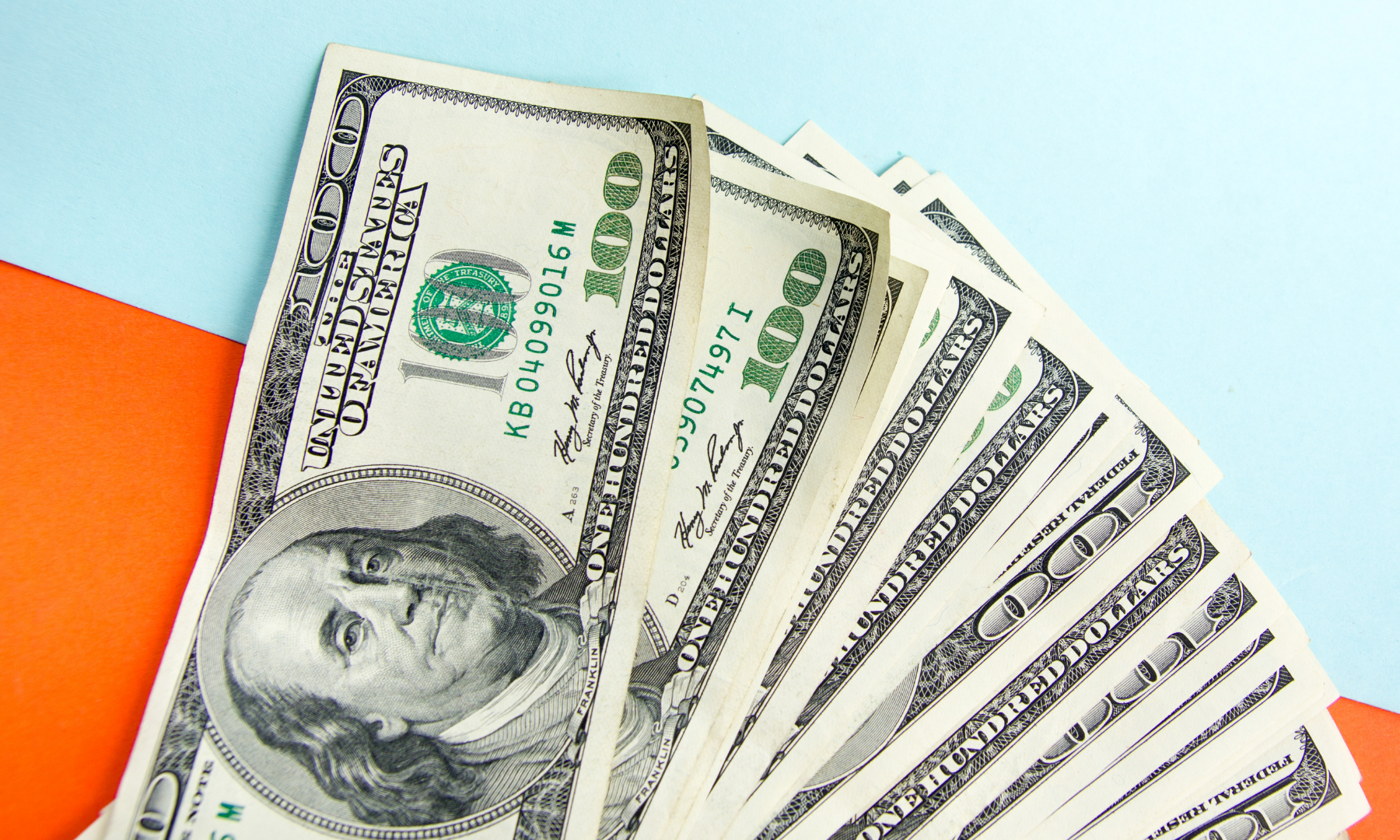
Episode 18: Free Money
Did you know that utility companies and the government will give you money in the form of rebates and tax credits to help pay for home upgrades? These financial incentives help you upgrade to more energy- and water-efficient heating & cooling systems, water fixtures, light bulbs, and more!
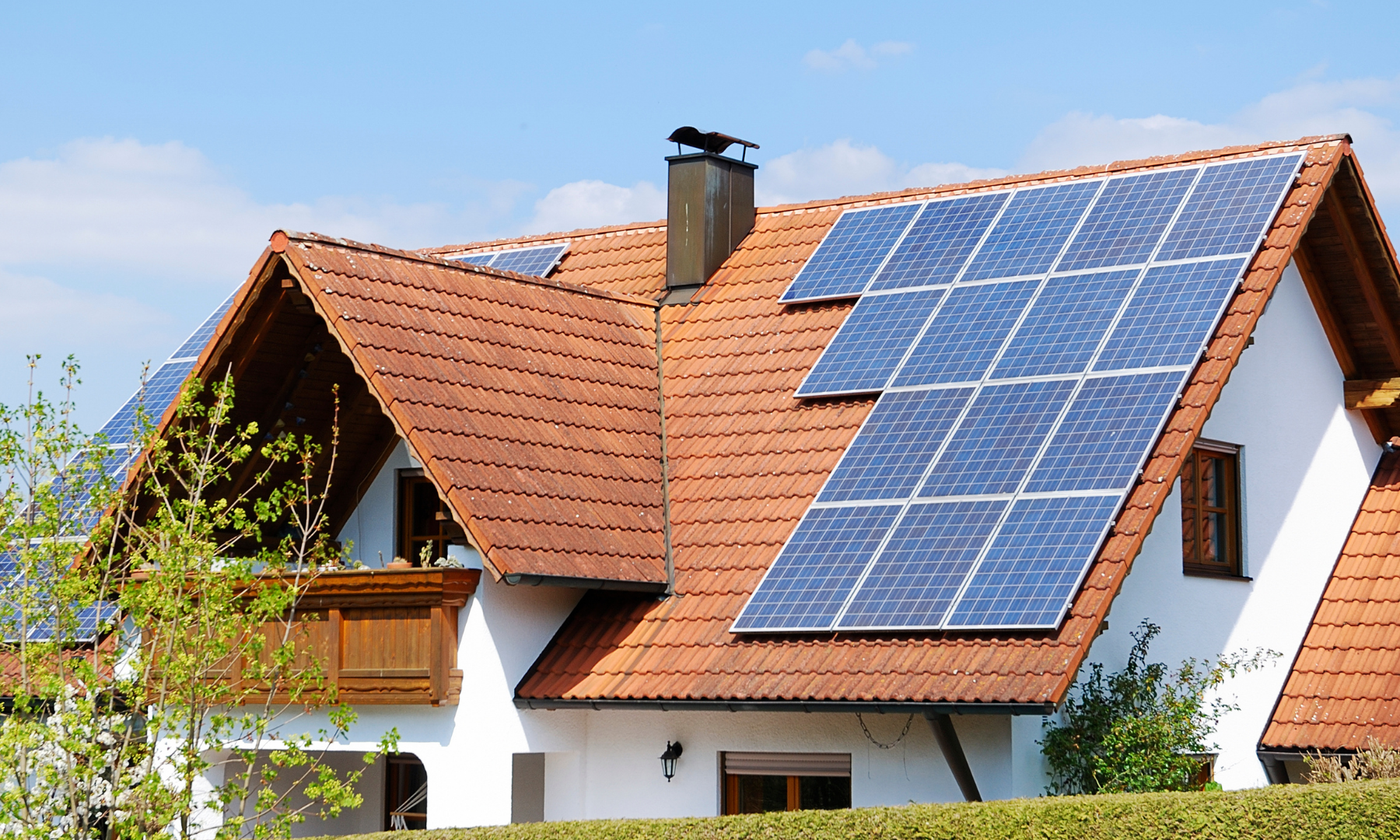
Episode 17: Catching Rays
Investing in residential solar can significantly reduce your electricity bills! Your savings will depend on how expensive your electricity bill usually is, how often the sun shines on your roof, how many solar tax rebates are available in your area, and how you choose to finance your installation.
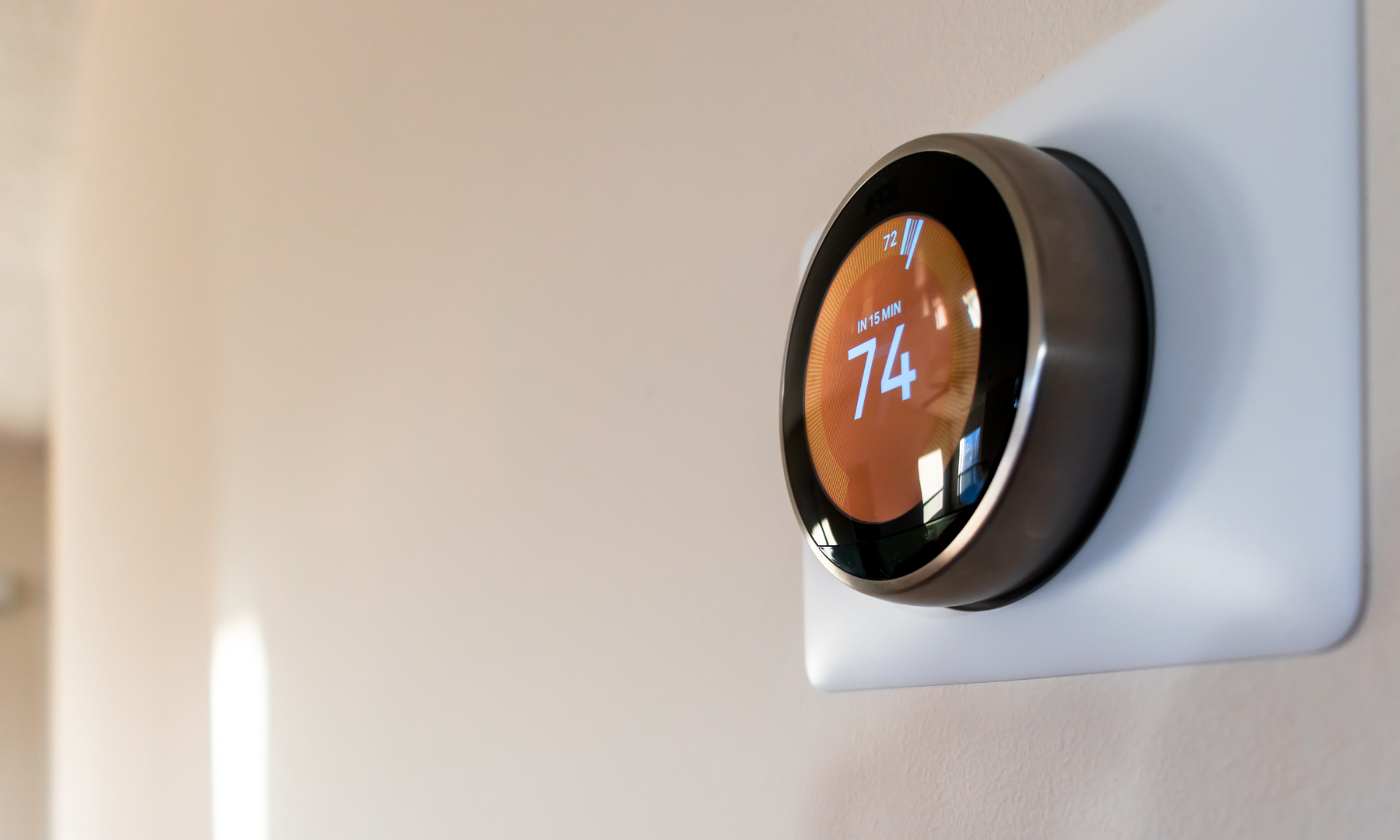
Episode 16: Smart Savings
Is it cheaper to adjust your thermostat temperature when you’re away from home or leave it as is? Listen to the final episode of our 4-episode mini-series on heating & cooling costs to learn more! Programmable or smart thermostats can greatly reduce these costs, saving up to $176 per year!
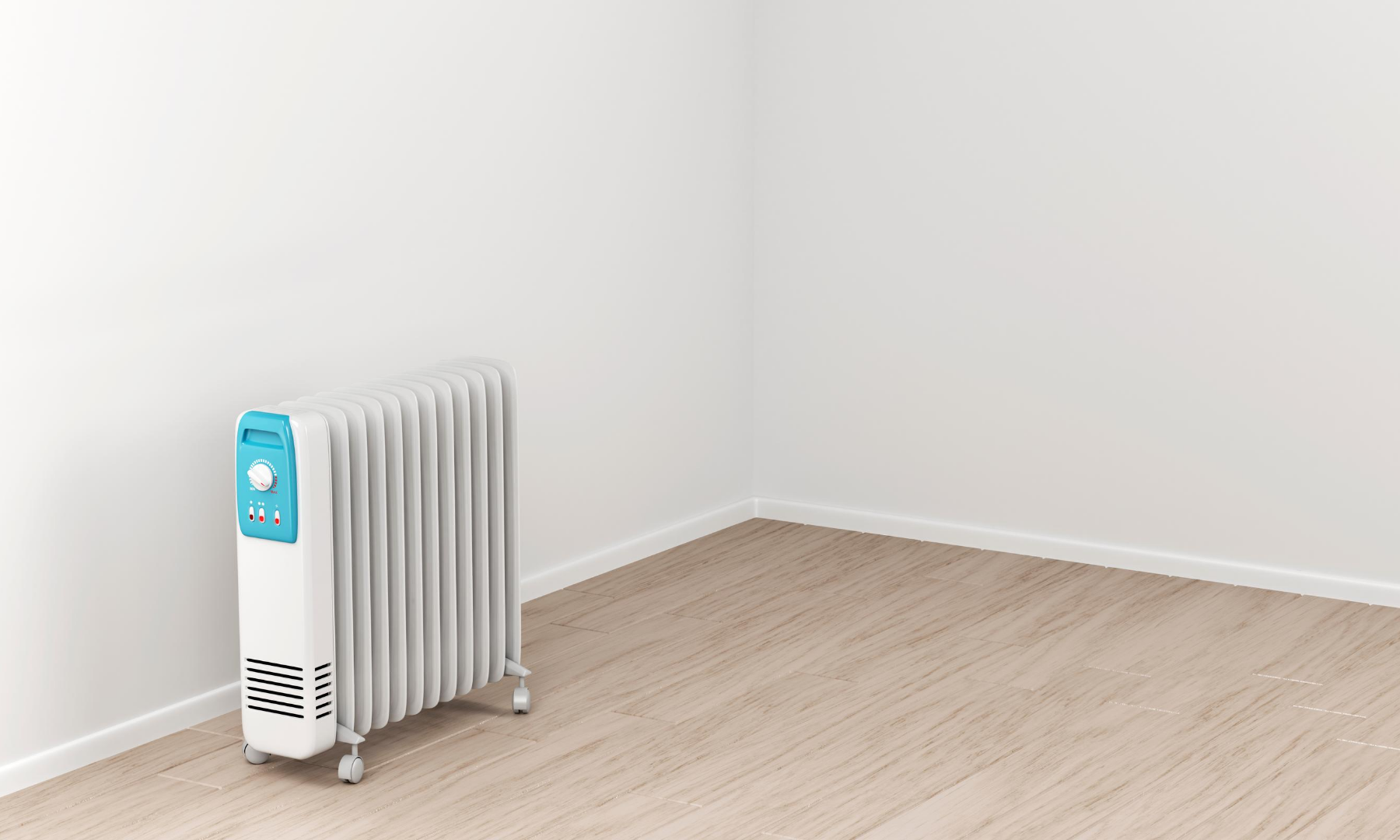
Episode 15: Heatin’ Up
This is Episode #3 of our 4-episode mini-series on reducing heating & cooling expenses! Heating expenses are typically the largest single item of a household’s energy bills, with an average US household paying up to $900 per year for heating. Upgrade to EnergyStar systems to reduce this cost!
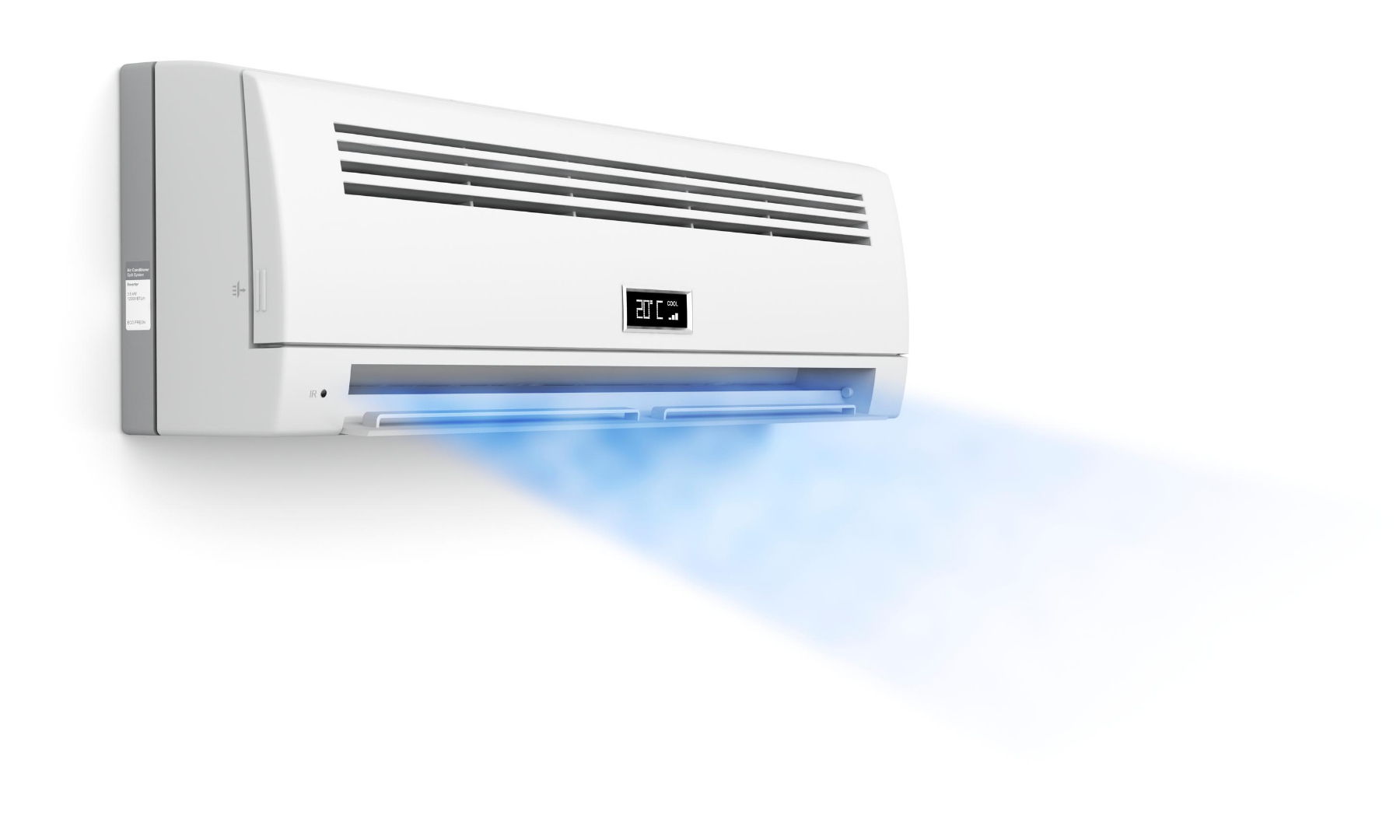
Episode 14: Coolin’ Down
Welcome to Episode #2 of our mini-series on reducing heating & cooling costs! The average household spends $273 per year to cool their homes, but this can be higher than $550 for homes in hot, humid climates. Upgrade your system, use fans, & wear light clothes to reduce this expense!

Episode 13: That House is Tight
This is Episode 1 of a 4-episode mini-series on reducing heating & cooling costs! The average household spends $882 per year to heat & cool their homes. About 30% of this cost is due to air leakage & insufficient insulation. Tighten your building envelope to reduce this wasted expense!

Episode 12: Cooking Cash Flow
How often do you cook? Which kitchen appliances do you use? The average US household spends $88 per year to use their ovens, stovetops, and microwaves. Use the properly-sized stovetop burner, cover your pans while cooking, and cook multiple meals at once to save on your utility bills.
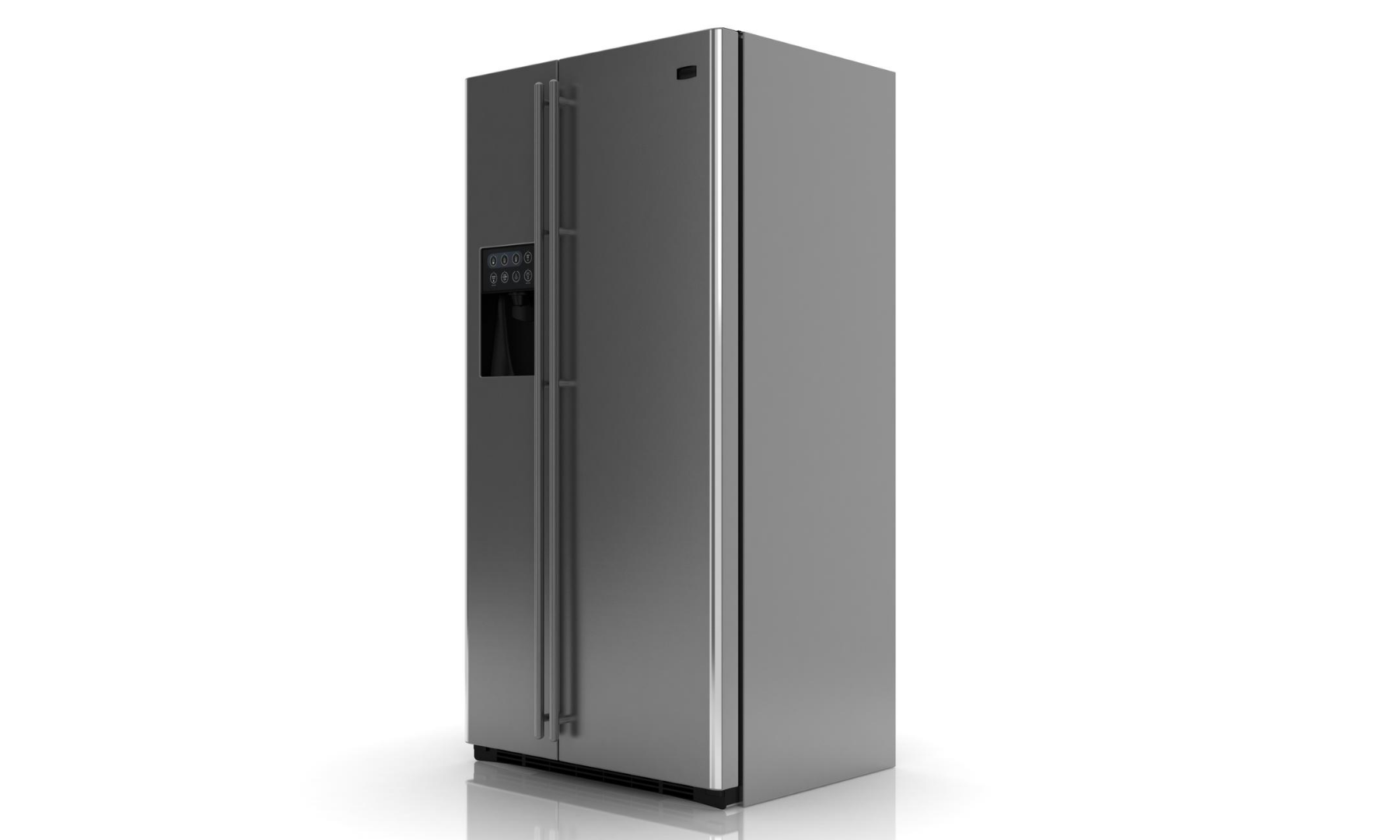
Episode 11: Fridge Finance
Depending on the age, type, and size of your refrigerator(s), you could be spending over $300 per year to keep your food cold! Tighten the door seal, organize and label your food, and let your food cool off before putting it in the refrigerator or freezer to save money on your electricity bill.
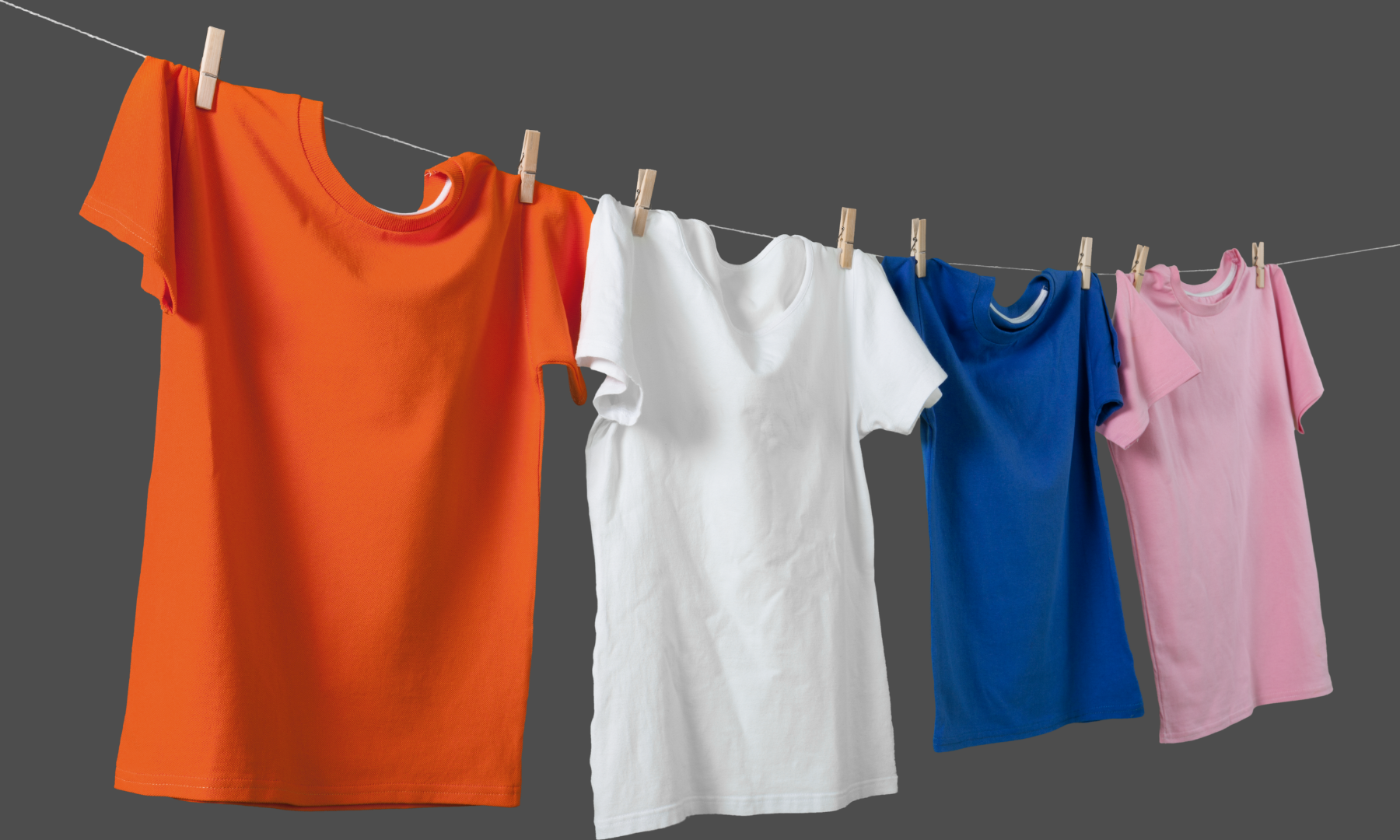
Episode 10: Hang Dry, Hang Loose
Air drying clothes can save the average US household with an electric dryer almost $100 per year! But even with machine drying, huge savings can be achieved by upgrading to an EnergyStar heat pump dryer. Look into purchasing some dryer balls to even further reduce costs!
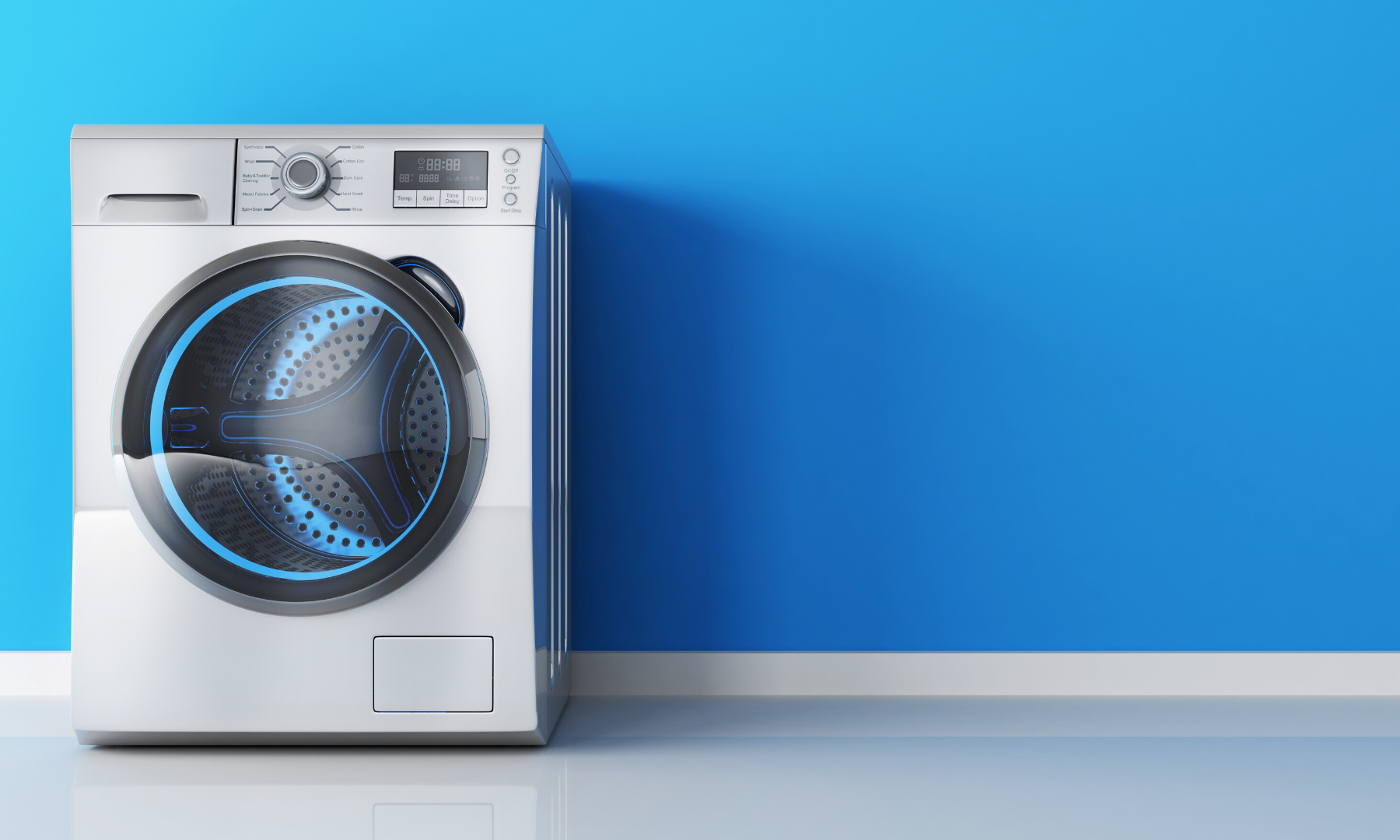
Episode 9: Front-Loaded Savings
Front load, EnergyStar clothes washing machines provide a low-cost way to clean the 320 loads of laundry that the average US household does per year. Even further financial savings can be achieved by washing with less hot water and making sure to run the washing machine only when it’s full.
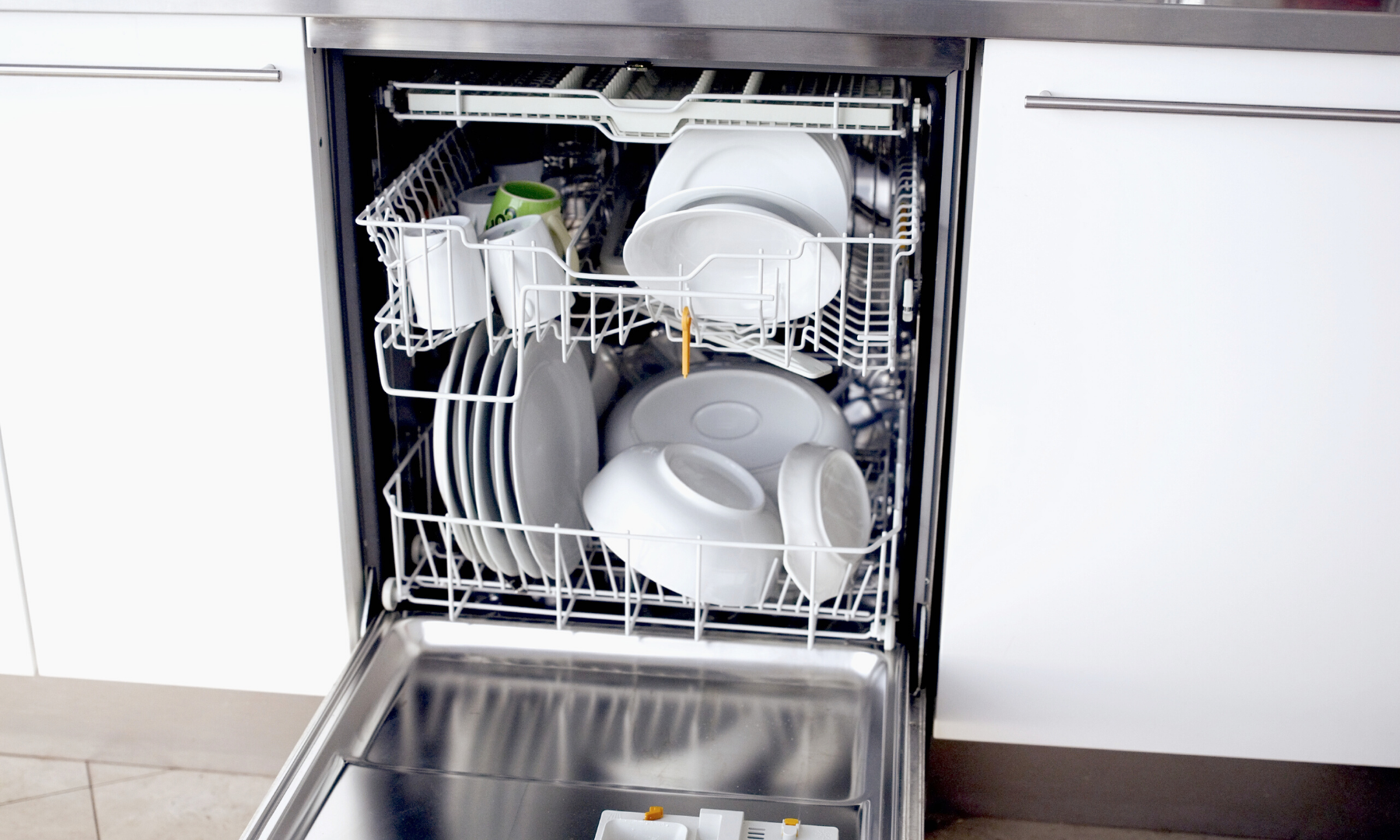
Episode 8: Wash By Hand?
Is it cheaper to wash your dishes by hand or to use a dishwasher? It depends on how often you run your dishwasher and how much water you use to wash dishes by hand. The average household spends about $105 per year to wash dishes; learn how to reduce this expense by 60%!

Episode 7: Money Leaks
About 13% of the water bill for an average US household accounts for water that is lost to household leaks. That’s $112 per year wasted on water that isn’t even used! By repairing dripping faucets and fixing broken pipes, you can minimize household leaks and put money back in your pocket.
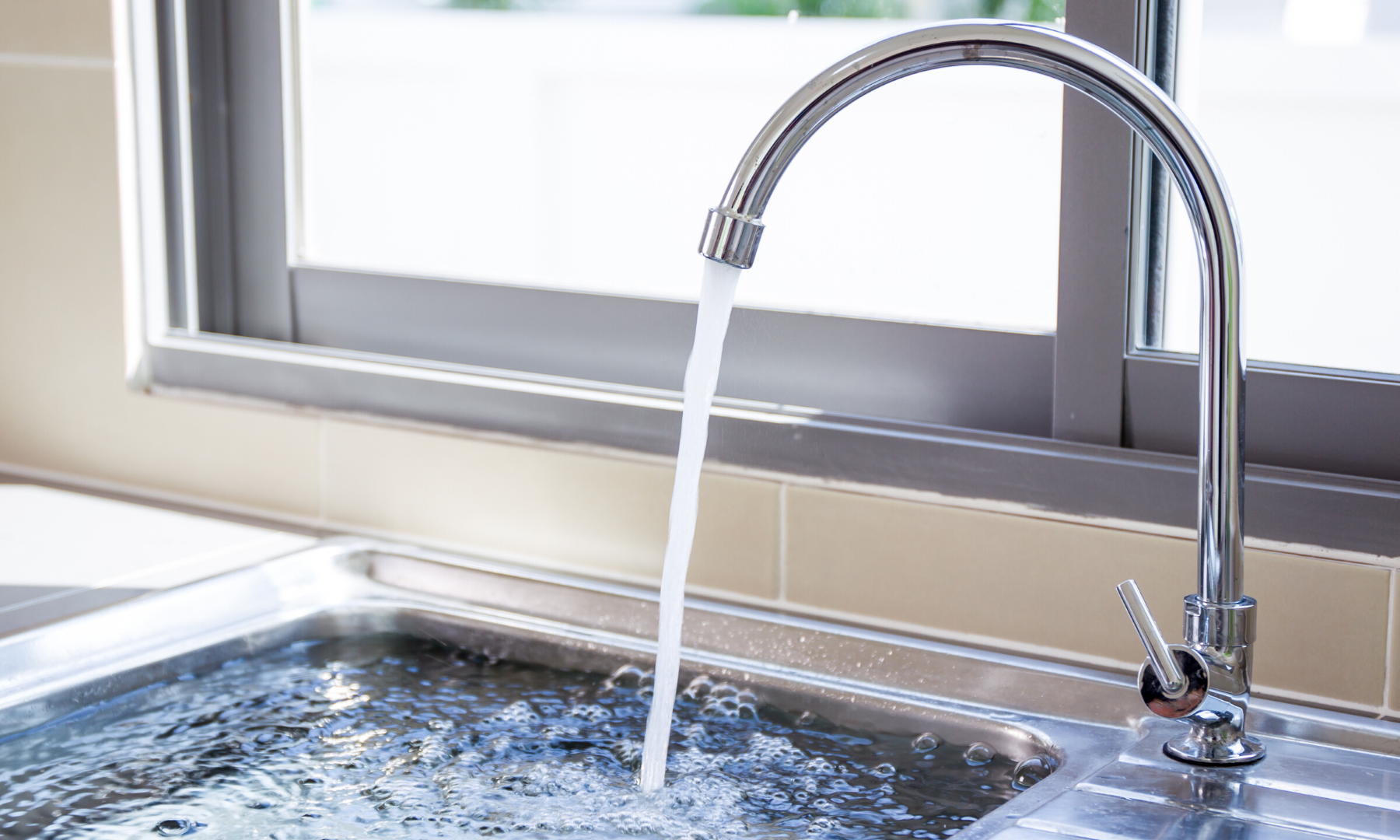
Episode 6: Wash Your Hands!
The average US household spends $249 per year to use their sinks! Sink usage at home has increased over 21% during the pandemic, adding $52 to this average annual expense, for a total of $301. Installing aerators and turning off the sink while you brush your teeth can reduce your costs by up to 50%!
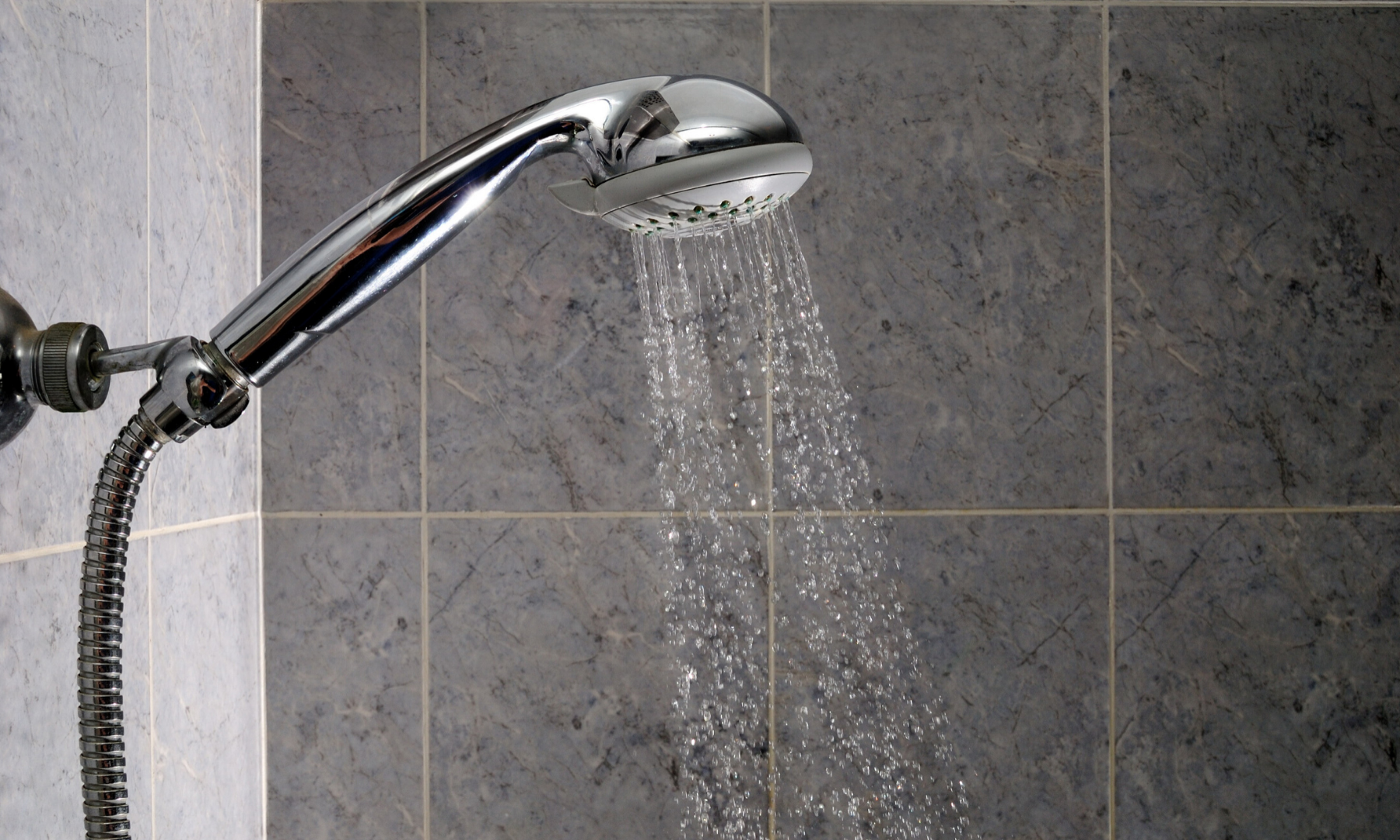
Episode 5: Squeaky Clean
The average US household spends $312 per year for the water and energy costs to take showers and baths! You can reduce this expense by 50% or more by taking colder and shorter showers. Upgrading to a low-flow shower head alone can save you up to $78 per year!
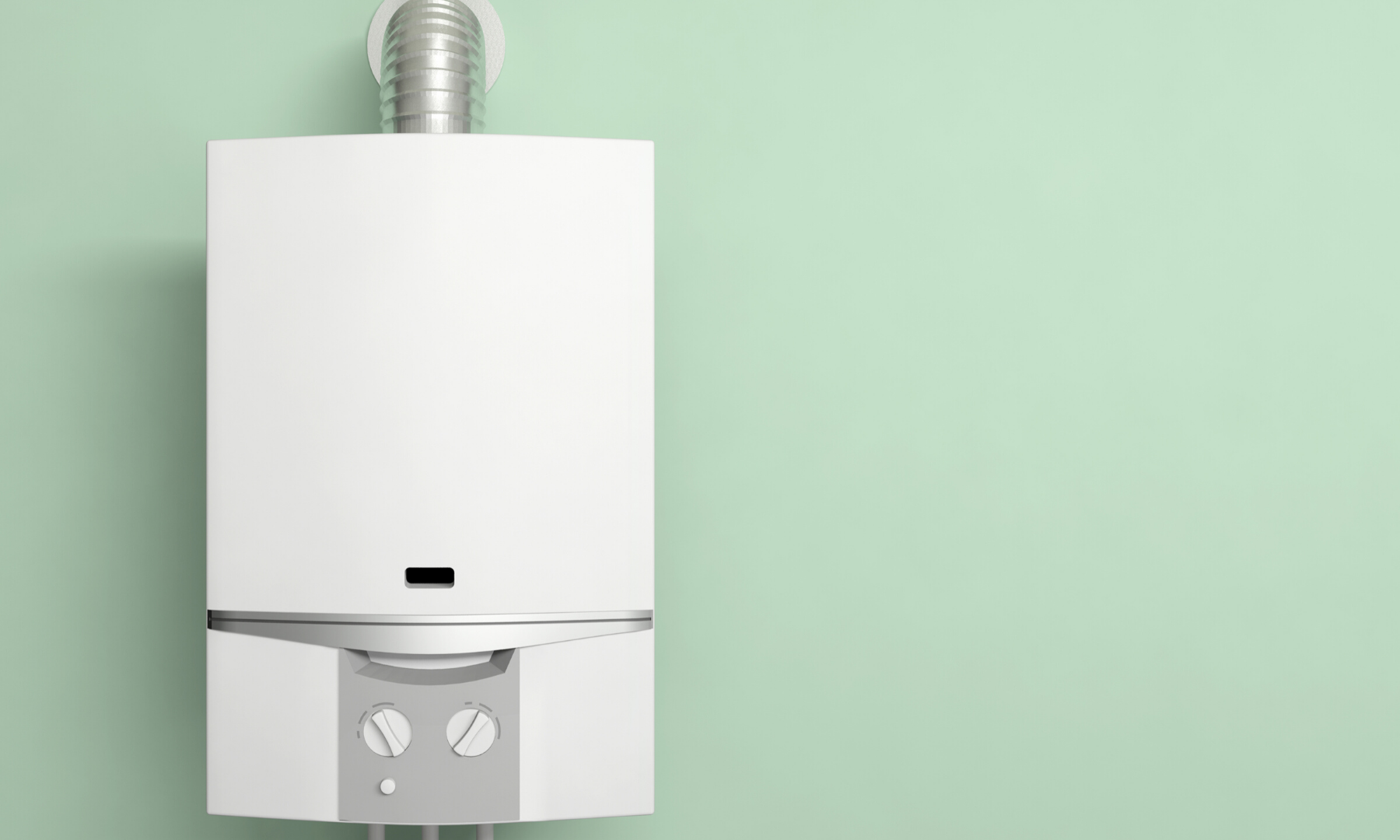
Episode 4: Scalding Hot Savings
The average US household spends $296 every year to heat water! Adding some low-cost insulation to your water heater tank and lowering the hot water temperature to 120F are easy ways to reduce this expense. Upgrading to a heat pump water heater can reach annual savings as high as $148!

Episode 3: LIT
Do you still use a lot of CFLs and incandescent light bulbs in your home? LEDs use about 40% and 85% less energy than CFLs and incandescents, respectively, and LEDs can operate for up to 50,000 hours before replacement! Switching to all LEDs can provide huge savings for your electricity bill!
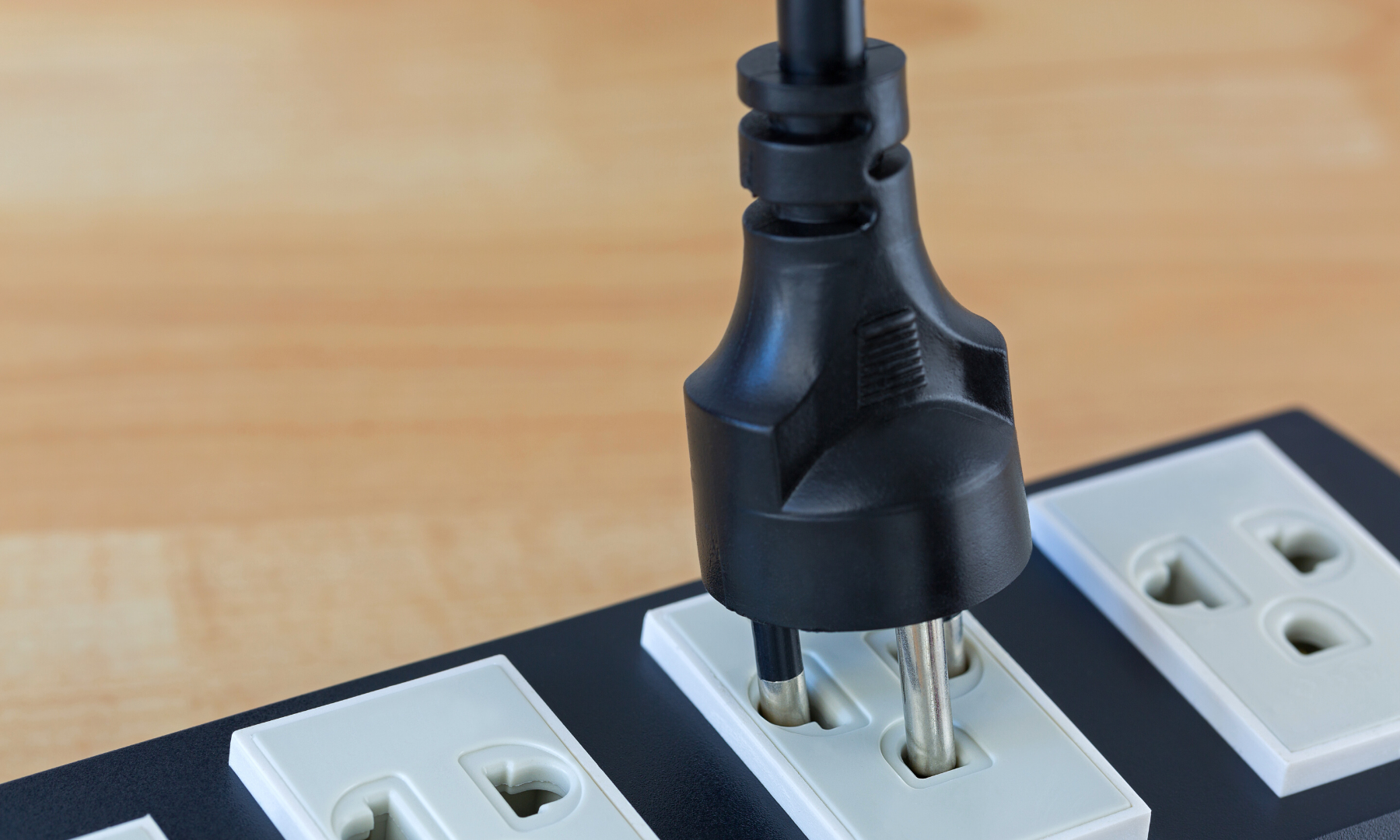
Episode 2: Money Sucking Vampires
The average US household spends about $200/year (or almost 2 months’ worth of electricity bills) on powering devices that they aren’t even using! This electricity usage is referred to as vampire loads. Learn how power strips and smarter charging habits can help reduce these costs!

Episode 1: Potty Talk
How much money are you flushing down the toilet? Adding a couple of bricks to your toilet tank or upgrading to a dual flush toilet can reduce your toilet water costs by as much as 67%! Food coloring can help identify leaks that could cause you to pay for an extra 300 gallons of water per day.
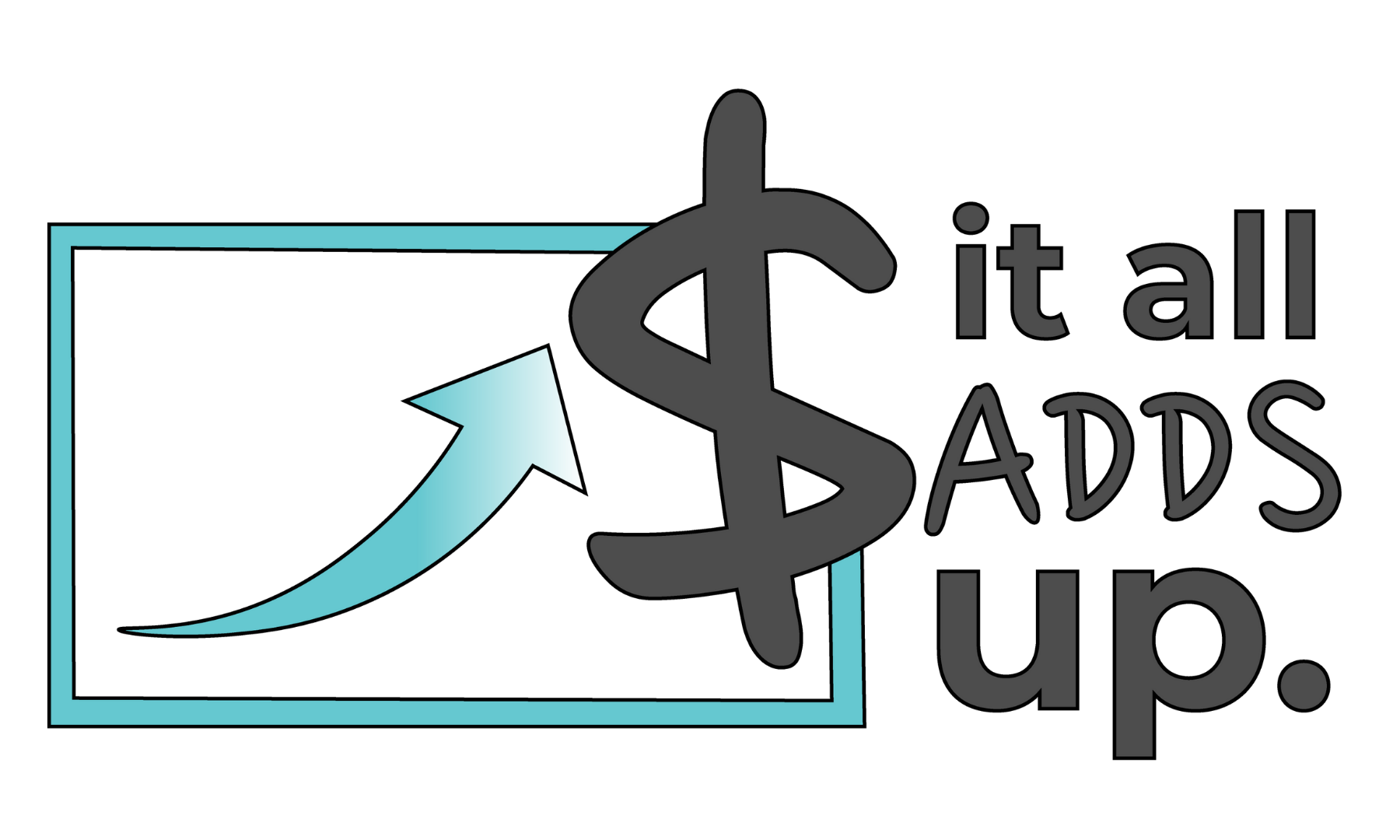
Intro Episode
Welcome to It All Adds Up! We’re your hosts, Lizzy and John, and we’ll discuss our plans for the podcast series. We’ll start by introducing major areas of waste in our daily expenses, particularly utility bills, food, and transportation.
